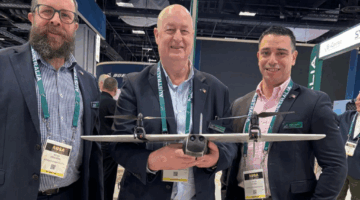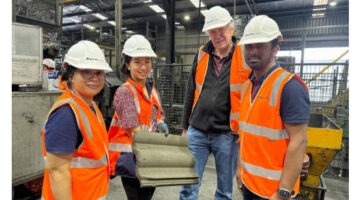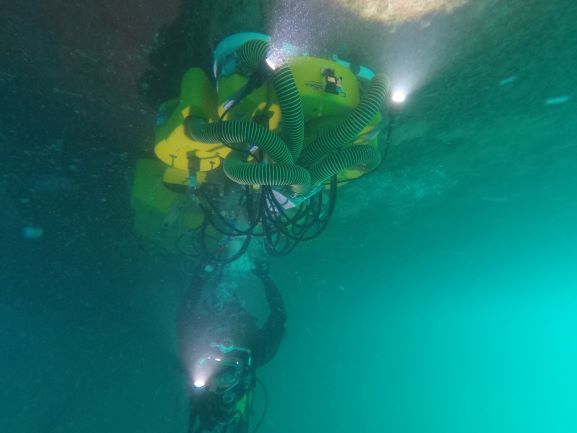
Defence Trailblazer fast-tracking new technologies to help Defence and Industry transition to clean energy
Defence Trailblazer is actively working with industry partners in support of the Australian Government transition to Net Zero, funding a range of projects to develop emissions-reducing technologies to accelerate Defence’s transition to clean energy set out in the Defence Future Energy Strategy. The projects will also bolster the advanced manufacturing […]
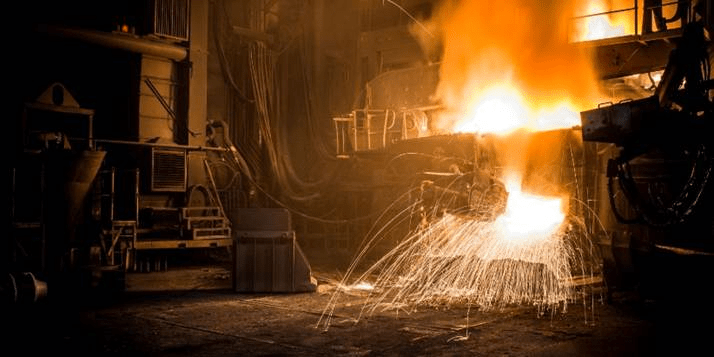
InfraBuild powers up steel furnace productivity and reliability with ABB’s advanced circuit breaker upgrade
Project by project, a steelmaker modernises its melt shop, ultimately replacing its aged electric arc furnace transformer with a dedicated circuit breaker to ensure reliable power supply When Australian steelmaker InfraBuild needed two new circuit breakers to provide backup for its main electric arc furnace, ABB had the solution […]
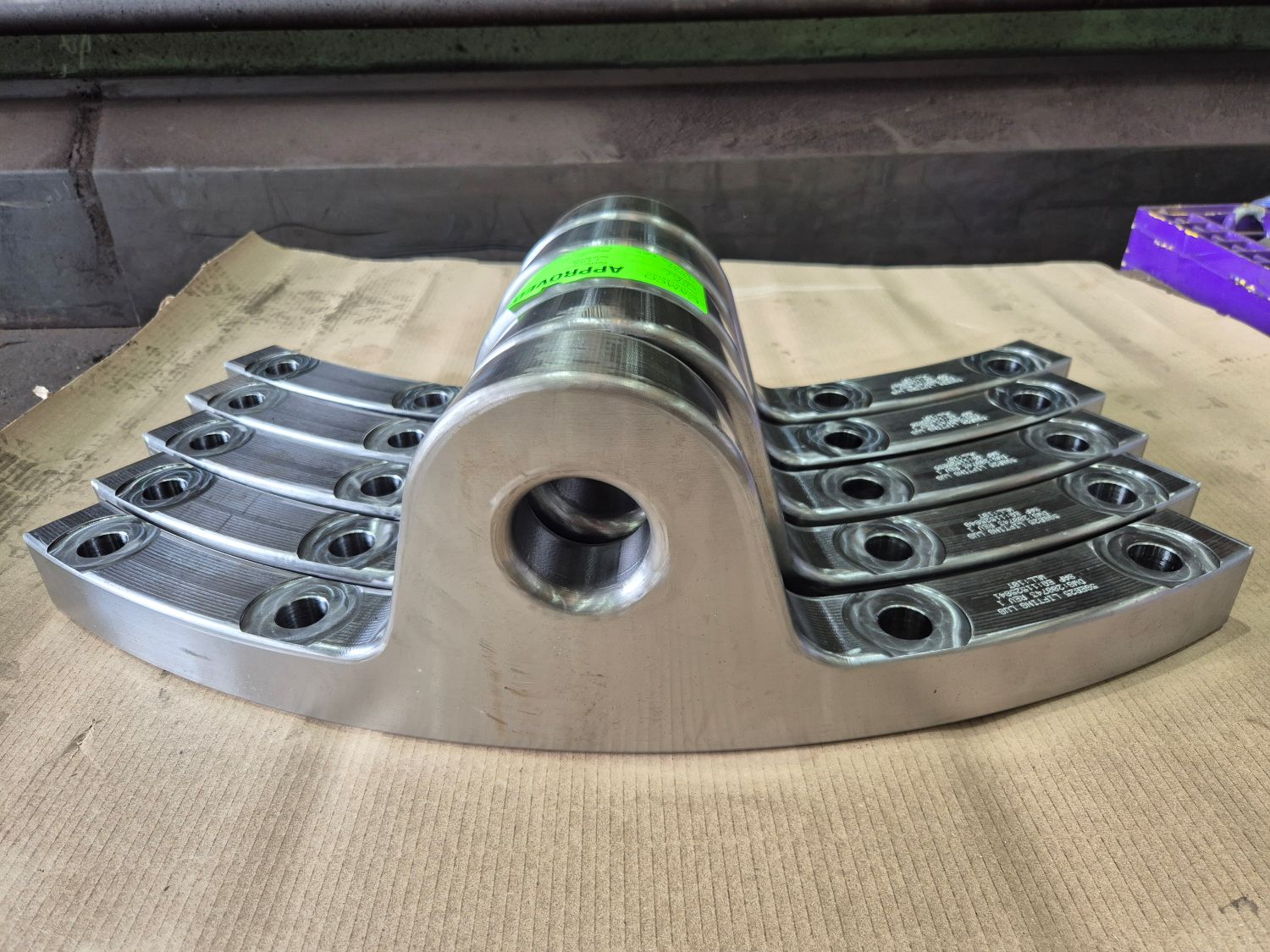
Celebrating 30 years – Camco Engineering continues to expand
First established in 1995, Camco Engineering now employs some 550 personnel in four Western Australian locations close to its customers and the company continues to expand with operations nationwide and into export markets. With Head Office located in Canning Vale and engineering facilities also in Belmont, Welshpool and Karratha WA, […]

DroneShield secures $49.6M European military contract
DroneShield has received a contract totalling $49.6m for a European end-customer. A significant portion of this hardware is on-the-shelf with deliveries and payments expected to be completed in Q1 202. DroneShield Limited has received a contract for $49.6 million from an in-region European reseller that is contractually required to distribute […]

Time is money: Why digitising attendance tracking is critical for logistics providers
By Damien Durston, head of people management solutions at OneAdvanced ANZ In logistics, time truly is money. Every minute lost to inefficiency or inaccuracy impacts delivery schedules, margins and customer satisfaction. Yet, many logistics providers still depend on manual or outdated systems to monitor employee attendance. Manual processes might seem manageable, but they carry a chain of risks that […]

Australia’s national AI plan has just been released. Who exactly will benefit?
Jake Goldenfein, Senior Lecturer, Law and Technology, The University of Melbourne. Christine Parker, Professor of Law, The University of Melbourne, Kimberlee Weatherall, Professor of Law, University of Sydney. The Labor government has released the long-awaited National AI Plan, “a whole-of-government framework that ensures technology works for people, not the other way […]

Reflections on 2025
Matthew Addley, Senior Director of Product and Industry Market Strategy, Infor Reflecting on 2025 have there been any key industry developments that surprised you or perhaps met your expectations? This year delivered a few unexpected turns for manufacturers. Evolving regulations and increasing market pressures prompted organisations to overhaul the […]

SYPAQ partnering with Amiga Engineering on Corvo X production
SYPAQ is proud to announce a strategic partnership with Amiga Engineering on the sovereign production of Corvo X, bringing together SYPAQ’s innovation in autonomous systems and Amiga Engineering’s world-class advanced manufacturing expertise, ahead of Indo-Pacific 2025. Amiga Engineering is an Australian family-owned business with over 38 years of handson experience […]

Local manufacturers prove the future is Hunter made
From start-ups and apprentices to global exporters and century-old innovators, the 2025 Hunter Manufacturing Awards (HMA) have celebrated a sector on the rise, one that’s building the industries, technologies, and jobs of Australia’s future. Now in its 21st year, the awards drew a record number of entries, more […]
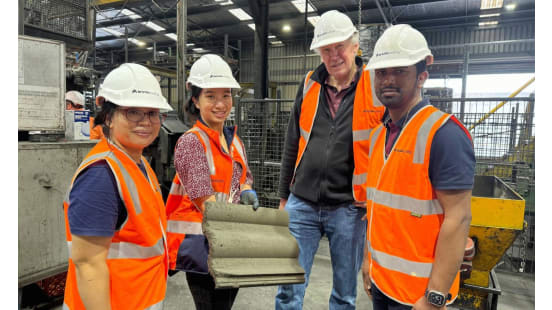
Aussie researchers develop eco-friendly roof tiles using coal ash and recycled glass, cutting CO₂ emissions by 13%
RMIT University Key facts: RMIT University and Bristile Roofing developed sustainable roof tiles using coal ash and recycled glass, reducing CO₂ emissions by 13% compared to traditional concrete tiles The tiles replace 10% cement with pond ash and 10% river sand with unwashed glass waste, whilst maintaining quality and improving […]
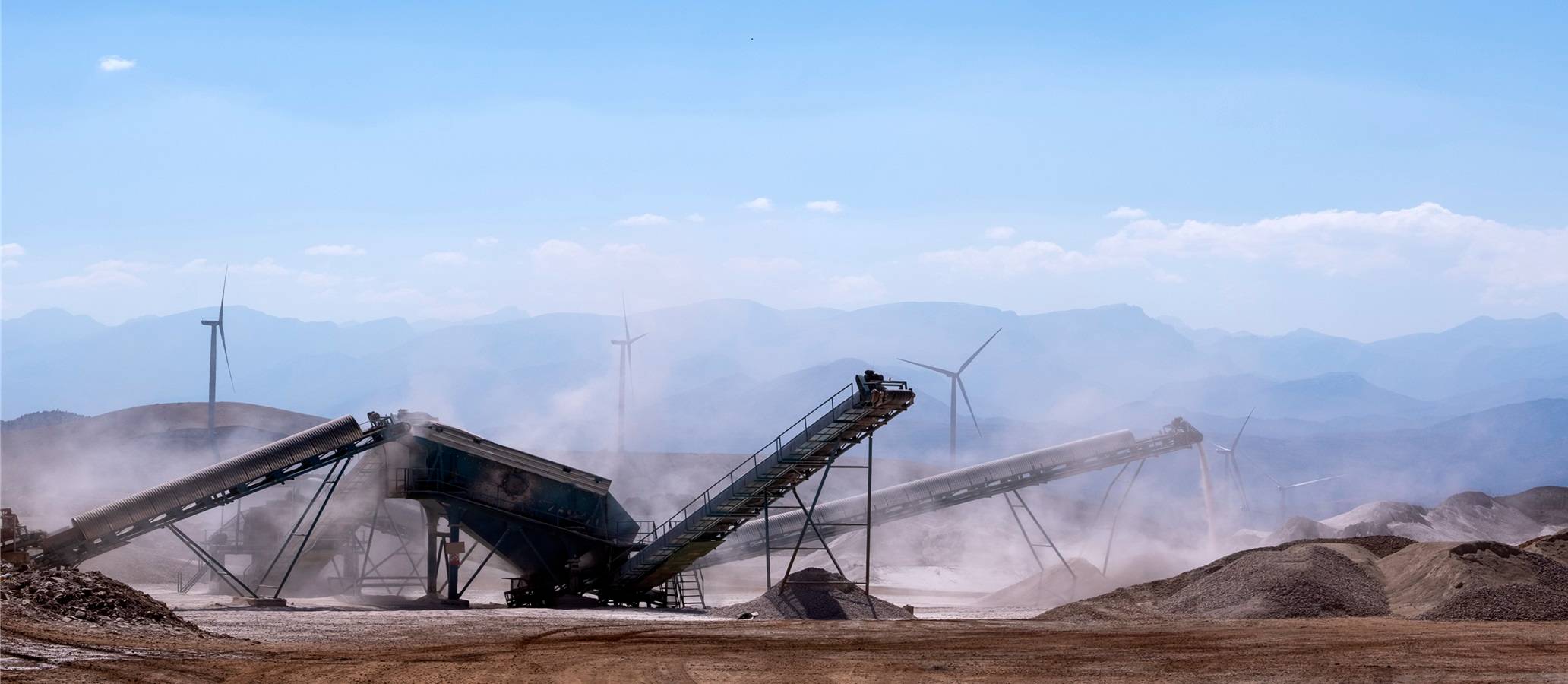
The global race is on to secure critical minerals
Amir Razmiou, Associate Professor, Edith Cowan University It’s clear there’s an era of global competition underway. Critical minerals are essential for manufacturing advanced technologies, such as artificial intelligence (AI), electric vehicles and renewables. And governments everywhere are racing to secure a future supply. Australia holds vast reserves of lithium, rare earths, cobalt […]

DroneShield announces South Australia R&D facility
DroneShield, a global leader in counter-drone and electronic warfare (EW) solutions, is pleased to announce a $13 million investment in a new research and development (R&D) facility in Adelaide, South Australia. This $13 million investment is a direct contribution to South Australia’s economy, covering three years of operational and capital […]

Defence Trailblazer fast-tracking new technologies to help Defence and Industry transition to clean energy
Defence Trailblazer is actively working with industry partners in support of the Australian Government transition to Net Zero, funding a range of projects to develop emissions-reducing technologies to accelerate Defence’s transition to clean energy set out in the Defence Future Energy Strategy. The projects will also bolster the advanced manufacturing sector – supporting the energy transition while maintaining economic competitiveness. These Defence Trailblazer initiatives support the whole-of-Government action to reduce emissions to 62-70% below 2005 levels by 2035 (Net Zero Plan, 2025) and are aligned with the Department of Defence’s Net Zero Strategy, which provides an actionable pathway to the target of net zero emissions by 2050. Supported by funding from Defence Trailblazer’s Technology Development & Acceleration portfolio, the projects are led by defence industry partners in collaboration with academics from the University of Adelaide and UNSW. Three projects led by Electric Motor Power, Ocius Technology and Praxis are developing low-emissions technologies within the priority theme of Robotics, Autonomous Systems and Artificial Intelligence capabilities. The new Ocius Technology workshop in Alexandria, New South Wales. Credit: Ocius Technology Electric Motor Power is collaborating with researchers from the University of Adelaide to develop high performance and sustainable electric motors. This project will integrate advanced materials – such as amorphous magnetic materials and soft magnetic composites – into electric motor design to create lighter, more efficient, and eco-friendly motors, with wide ranging applications for Defence platforms. In a project that will directly support the Defence supply chain, Ocius Technology and UNSW Canberra are partnering to increase the rapid scaling of production of Uncrewed Surface Vessels (USVs) for the Royal Australian Navy. The Ocius Bluebottle USV fleet is powered by renewable energy – utilising solar, wind and wave power, or a combination of energy sources – and offers significant operational advantages over conventional methods. Praxis […]








